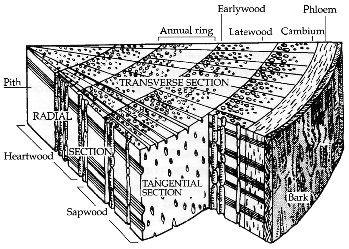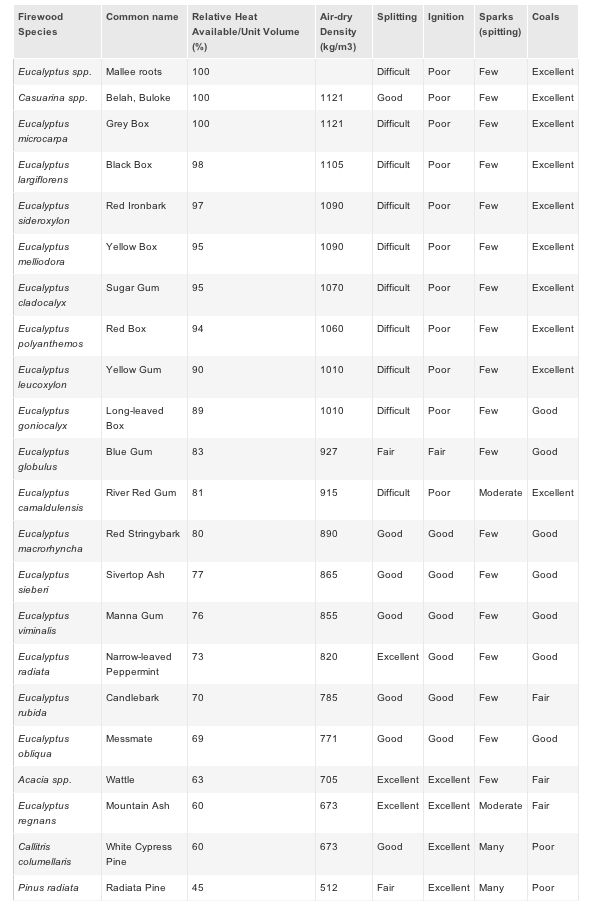Firewood is the fuel, the food that feeds your fire: and the type of wood you use, the quality and condition of the wood makes all the difference to the quality of your fire.
But it’s the moisture level of the wood that really effects making fire burn clean and environmentally friendly. In today’s busy lifestyles – rushing and buying timber in as you need it is not the best option – it’s about being prepared & knowing what you are actually burning in your fire.
The best way to look at this is Firewood is food for your fire… not all wood is good, and not all wood is bad – it’s about the right type of wood for what you are trying to do.
Pine is not bad – in fact most countries around the world only burn pine…BUT its dry. Redgum is not the best wood, well it is for overnight burning, but for a quick start to a cold home, Redgum takes too long to get hot. It’s all about knowing what you are feeding your fire…
Moisture Of the Wood
Before we talk about the moisture of Firewood – we first need to understand wood.
The cellular structure of a tree is very interesting – in those 40+oC days a tree’s outer cellular structure goes to safety mode, and closes up tight to trap the moisture of the tree inside the inner most part of the tree : this is called “Stress Living” a tree goes into to make it survive in the harshest weather conditions
The interesting fact is this “stress living” mode a tree goes into does not stop once a tree is cut down (or falls down) to the naked eye the tree is dead … but in fact it’s still living.

When you cut wood into lengths, the outer cellular structure is in defence mode to trap the moisture in the wood to help it live.
The interesting fact is round logs 2 years old – even if it has been stacked in a wood pile can hold up to two times the moisture level of a split log, all because the cellular structure of the tree is doing what it was created to do – hold the moisture in the wood.
The difference between a piece of wood at 20% moisture and 22% moisture is not 2%…it’s 10% more moisture than allowed for.
Testing the wood – there is only one way to know what your moisture of your wood is.. its with a moisture meter
To measure the moisture of your wood, you need to get a log, and split it.. exposing the inner core of the wood
This is where the moisture is trapped; this is where you need to test
Our example shows one log with testing the outer and inner moisture levels with a massive difference
Perfect wood moisture content is between 15>18%
The outer of our sample was 8.5% – this would be considered PERFECT
But once split, the inner moisture level was actually 19% – almost at the outer higher level you are allowed to burn
How to dry wood
To achieve dry and seasoned wood we recommended the wood to be split and stacked in piles for 18months
- A good wood pile is two logs deep, and 1mtr high
- The end of the your pile of wood is facing the incoming rain
- The side is exposed to the wind
Firewood Health Bathurst Mowerland and Heating 6
The species of the wood and the environment you live in will determine the actual results
Another trick is to stack the end logs in the opposite direction to the wood pile to made ” Wood Book Ends” to give your wood pile more stability




